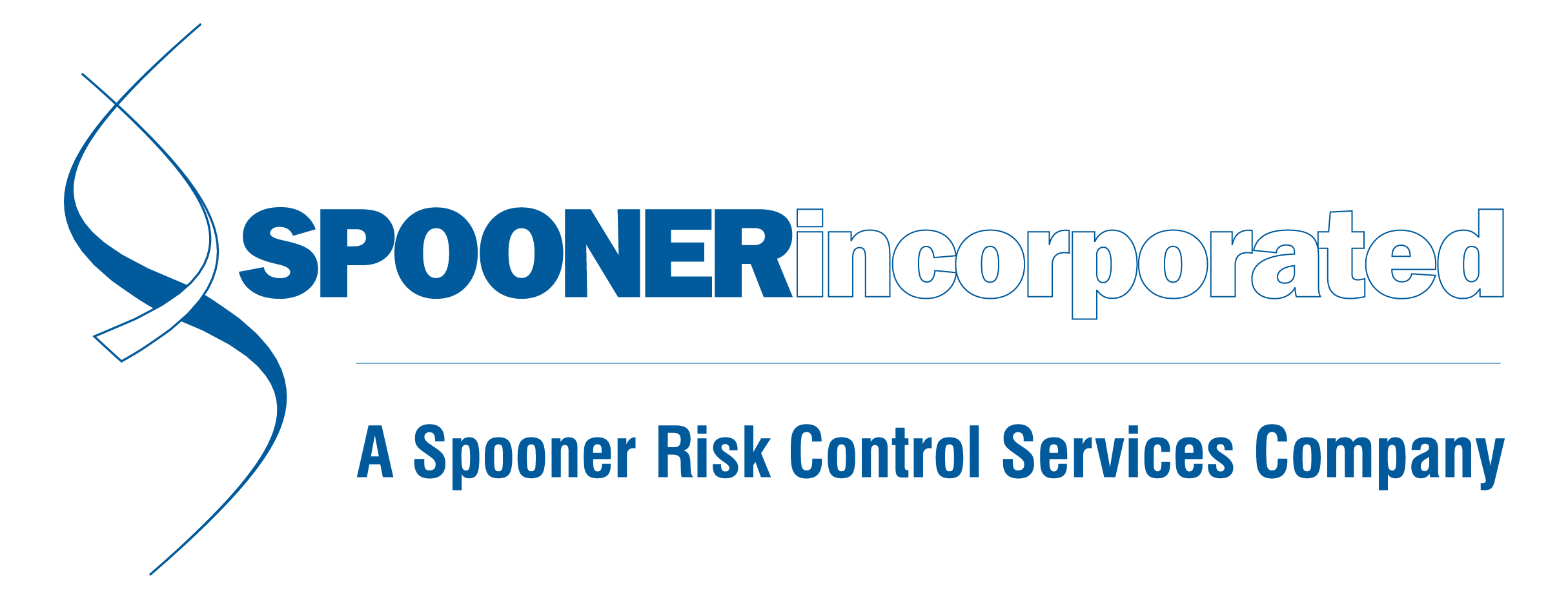Ohio BWC Update to Wrap Up 2023
Ohio Bureau of Workers’ Compensation will be rolling out several changes that will impact Ohio employers in 2024. We mentioned back in August that the way base rates are structured may be changing, which BWC has confirmed. It’s uncertain how this will impact the end premiums, but no big swings are anticipated. We’ll be keeping our clients informed about any major changes.
The following rating elements will also be changing, with the potential to impact future premiums:
• Deductible Factors
• Individual Retro – minimum premium factors
• Group Retro - loss development factors
• Premium Size Credit – ranges and factors
This is also a “wait and see” situation, as we don’t yet know exactly what changes BWC plans on making to these elements.
Certificates of coverage will look different next year as well. They’ll now also list the employer’s MCO, any additional insureds, officers, who is eligible for elective coverage (such as owners), and NCCI codes and descriptions, in addition to the company’s address.
As of now, if employers need to make a minor change or correct an error in a company’s policy name, they had to complete a specific form and fax or mail that form back to BWC. The only way this process could be made slower would be by carrier pigeon. Luckily, they’ve stepped into the now and employers will now be able to complete these processes through the website.
In addition to programs that BWC chose to sunset for this year (Go Green, ISSP and Policy Activity Rebate), there may be more of the same for the 2024 policy year. The organization has proposed to end the Grow Ohio Program, Lapse Free Discounts, Transitional Work Bonus Program, 100% EM Capping – all tentatively effective 7/1/24. There are also proposed updates to the One Claim Program, Drug-Free Safety Program and BWC’s handling of credit card fees for premium payments.
In terms of a potential dividend distribution (Billion Back), it’s too soon to make any speculations. The current funding ratio is well behind the 2020 numbers that allowed for big dividend releases early on in the COVID pandemic, but recent changes in the market may have a positive impact on BWC’s investments and the general fund.
BWC’s Safety & Hygiene department will also be focusing on outreach programs to reduce injuries in the healthcare and construction industries.


